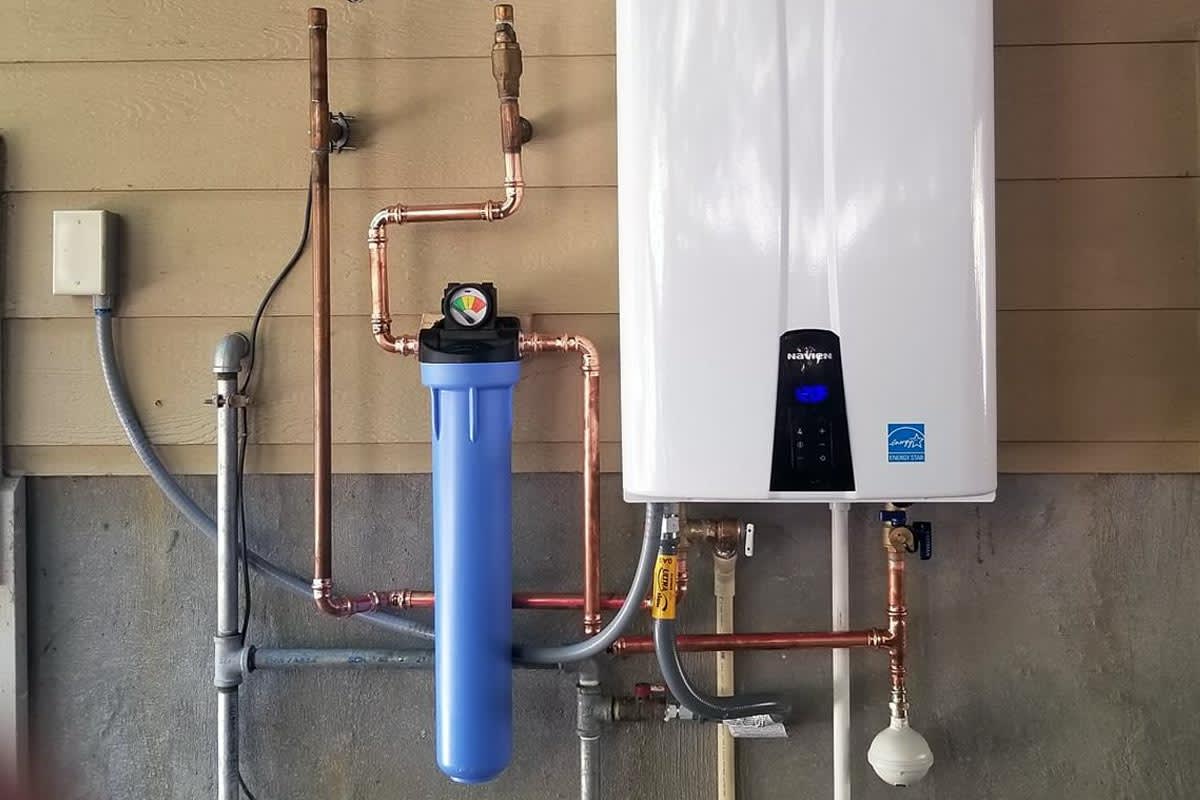Essential Maintenance Techniques for Your Home's Hot Water SystemExpert Tips on Maintaining Your Home's Hot Water SystemStraightforward Ways to Maintain Your Home's Hot Water System Properly
Essential Maintenance Techniques for Your Home's Hot Water SystemExpert Tips on Maintaining Your Home's Hot Water SystemStraightforward Ways to Maintain Your Home's Hot Water System Properly
Blog Article
What are your beliefs about What Kind of Maintenance Do Water Heaters Need??

Warm water is important for day-to-day comfort, whether it's for a refreshing shower or cleaning dishes. To guarantee your hot water system runs effectively and lasts longer, routine maintenance is vital. This post provides functional pointers and insights on just how to maintain your home's warm water system to stay clear of interruptions and pricey repair work.
Intro
Maintaining your home's warm water system might seem daunting, however with a couple of basic actions, you can ensure it operates efficiently for years to find. This overview covers everything from recognizing your hot water system to DIY upkeep suggestions and knowing when to employ expert assistance.
Relevance of Maintaining Your Hot Water System
Routine upkeep not just extends the life expectancy of your hot water system but additionally ensures it runs effectively. Neglecting maintenance can bring about reduced efficiency, higher power costs, and also premature failure of the system.
Indications Your Warm Water System Requirements Upkeep
Understanding when your warm water system requires focus can protect against major issues. Watch out for indicators such as inconsistent water temperature, odd sounds from the heating system, or corroded water.
Understanding Your Hot Water System
Prior to diving into upkeep jobs, it's handy to recognize the basic components of your hot water system. Normally, this consists of the hot water heater itself, pipelines, anode poles, and temperature level controls.
Month-to-month Upkeep Tasks
Regular regular monthly checks can assist catch small problems prior to they escalate.
Flushing the Water Heater
Flushing your water heater eliminates debris build-up, enhancing effectiveness and extending its life.
Checking and Replacing Anode Rods
Anode rods protect against rust inside the storage tank. Evaluating and replacing them when worn is critical.
Checking and Changing Temperature Setups
Changing the temperature settings ensures optimum efficiency and safety and security.
DIY Tips for Maintenance
You can perform numerous upkeep jobs on your own to keep your hot water system in top condition.
Checking for Leakages
Consistently evaluate pipes and connections for leaks, as these can result in water damage and greater bills.
Testing Pressure Alleviation Valves
Evaluating the stress safety valve ensures it functions properly and protects against too much pressure buildup.
Shielding Pipelines
Insulating hot water pipelines decreases warmth loss and can save power.
When to Call an Expert
While do it yourself maintenance is advantageous, some concerns need professional competence.
Complex Concerns Needing Professional Assistance
Examples consist of significant leakages, electrical problems, or if your water heater is regularly underperforming.
Routine Specialist Maintenance Perks
Professional maintenance can consist of extensive inspections, tune-ups, and making sure conformity with security standards.
Final thought
Regular maintenance of your home's warm water system is essential for effectiveness, long life, and expense financial savings. By following these ideas and knowing when to seek expert aid, you can guarantee a reliable supply of hot water without unanticipated disturbances.
How to Maintain an Instant Hot Water Heater
Before tinkering with your hot water heater, make sure that it’s not powered on. You also have to turn off the main circuit breaker and shut off the main gas line to prevent accidents. Also turn off the water valves connected to your unit to prevent water from flowing into and out of the appliance. 2. When you’re done, you have to detach the purge valves’ caps. These look like the letter “T” and are situated on either side of the water valves. Doing so will release any pressure that has accumulated inside the valves while at the same time avoid hot water from shooting out and burning your skin. 3. When the purge valves’ caps are removed, you have to connect your hosing lines to the valves. Your unit should have come with three hoses but if it didn’t, you can purchase these things from any hardware or home repair shops. You can also get them from retail stores that sell water heating systems. Read the user’s manual and follow it to complete this task properly. When the hosing lines are connected, open the purge port’s valves. 4. You should never use harsh chemical cleaners or solutions when cleaning your unit. Make use of white vinegar instead. It should be undiluted and you’ll probably use about 2 gallons. 5. Now flush your water heater. This task should probably take about 40 minutes. We can’t give you specific directions for this because the procedure is carried out depending on the type, model and brand of your heater. With that being said, refer to the user’s manual. 6. When you’re done draining the unit, you have to turn off the purge port valves again. Remove the hosing lines that you earlier installed on each of the water valves. Put the valve caps (purge port) back in their respective places and be very careful so as not to damage the rubber discs that are found inside these caps. 7. Now that everything’s back in place, check your user’s manual again to find out how to reactivate your water heating system. 8. Once it is working, turn one of your hot water faucets on just to let air pass through the heater’s water supply pipes. Leave the tap on until water flows smoothly out of it. https://www.orrplumbing.com/blog/2014/september/how-to-maintain-an-instant-hot-water-heater/

Do you really like reading about How to Maintain a Hot Water Heater in a Few Simple Steps? Make a comment further down. We will be delighted to see your suggestions about this page. We are looking forward that you come back again soon. Those who enjoyed reading our blog entry if you please do not forget to pass it around. Thank you for being here. Revisit us soon.
Schedule A Service Call Report this page